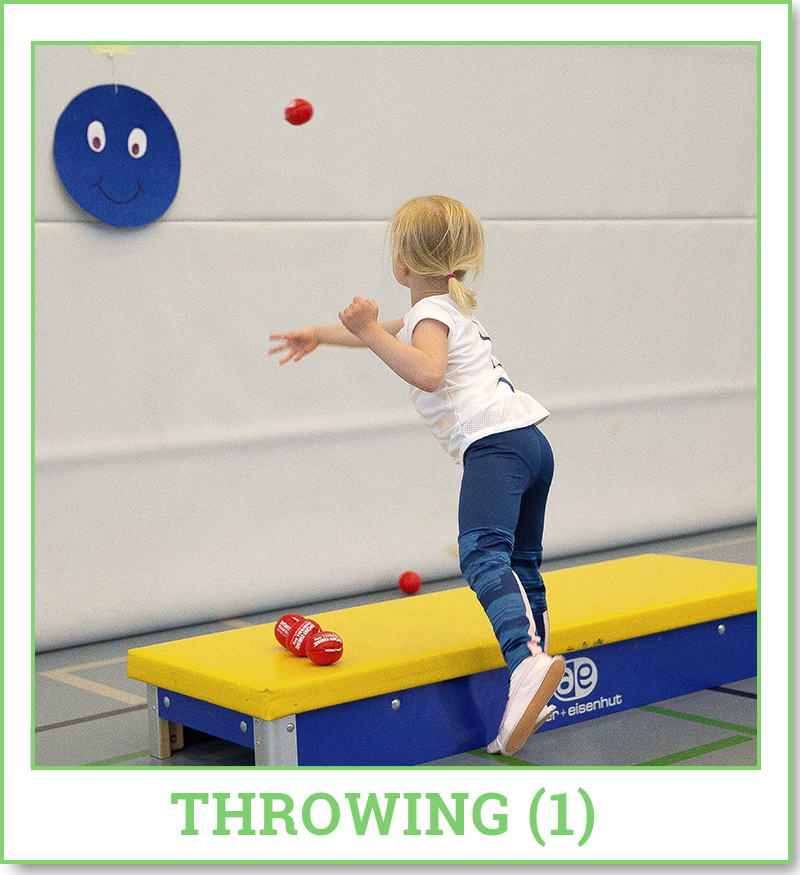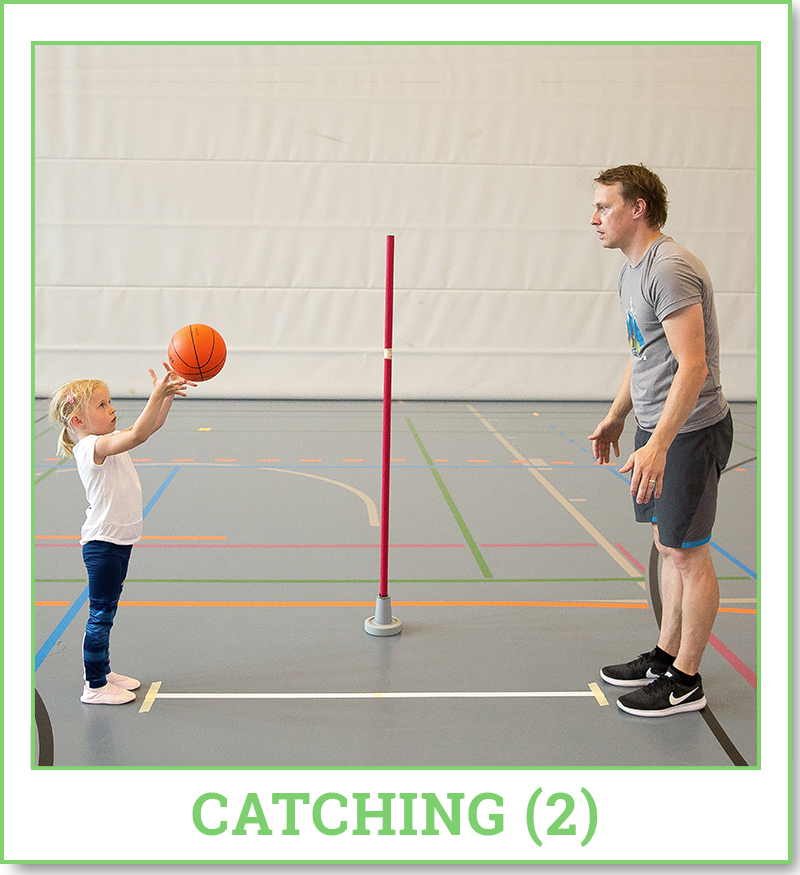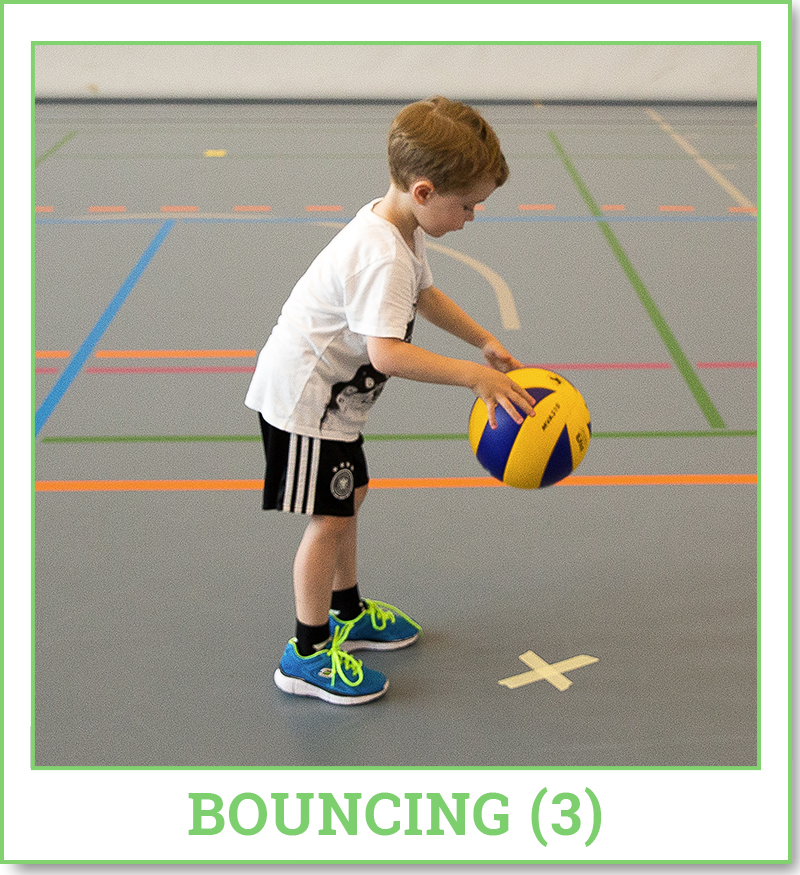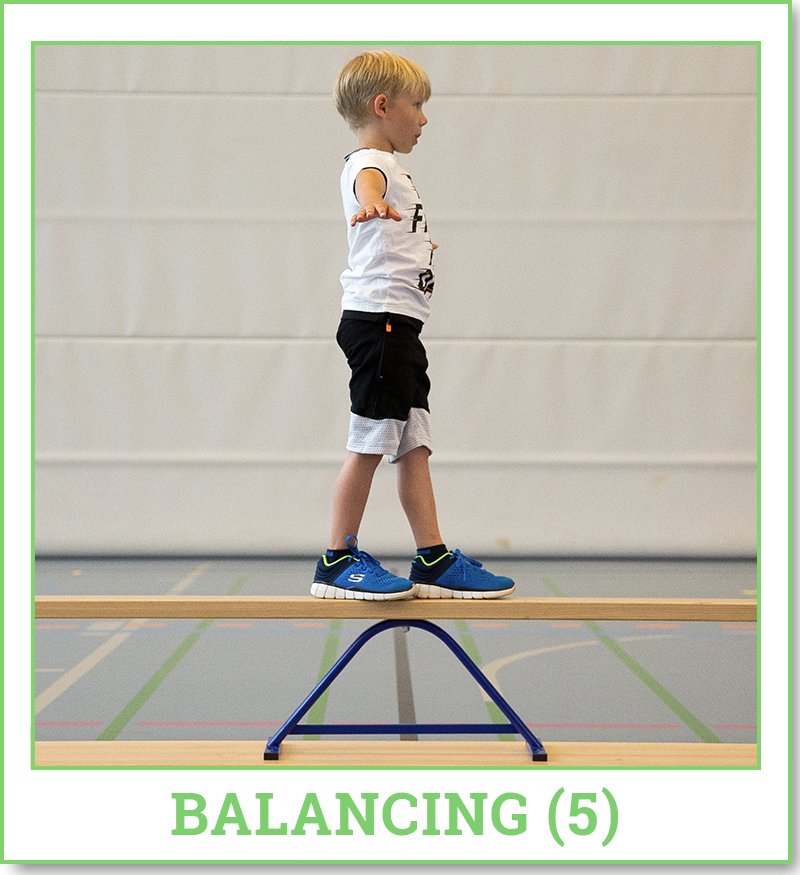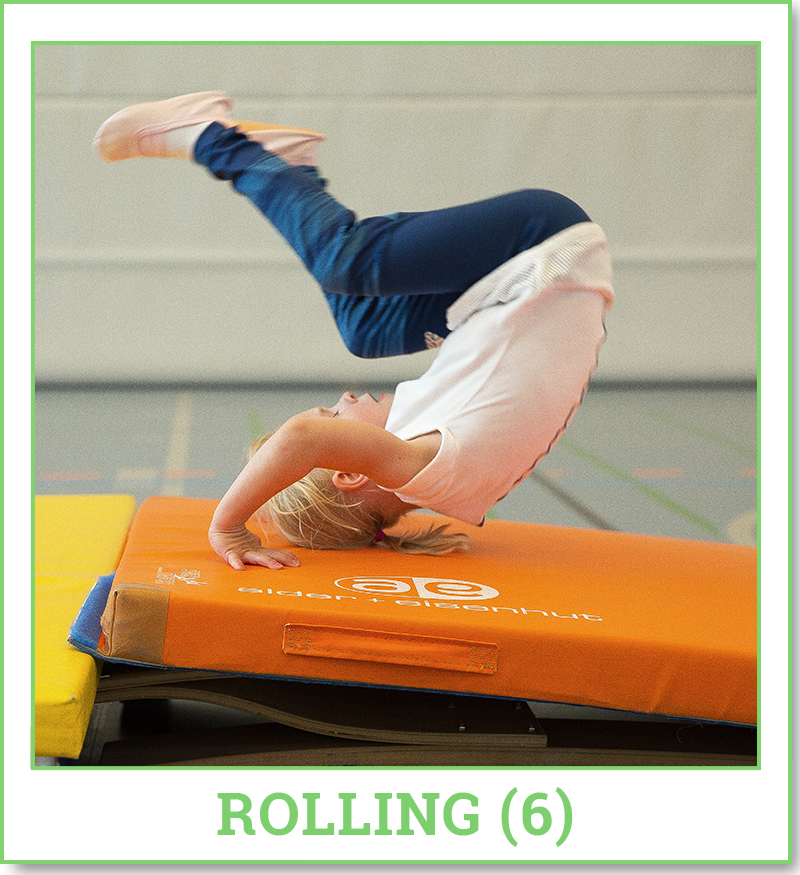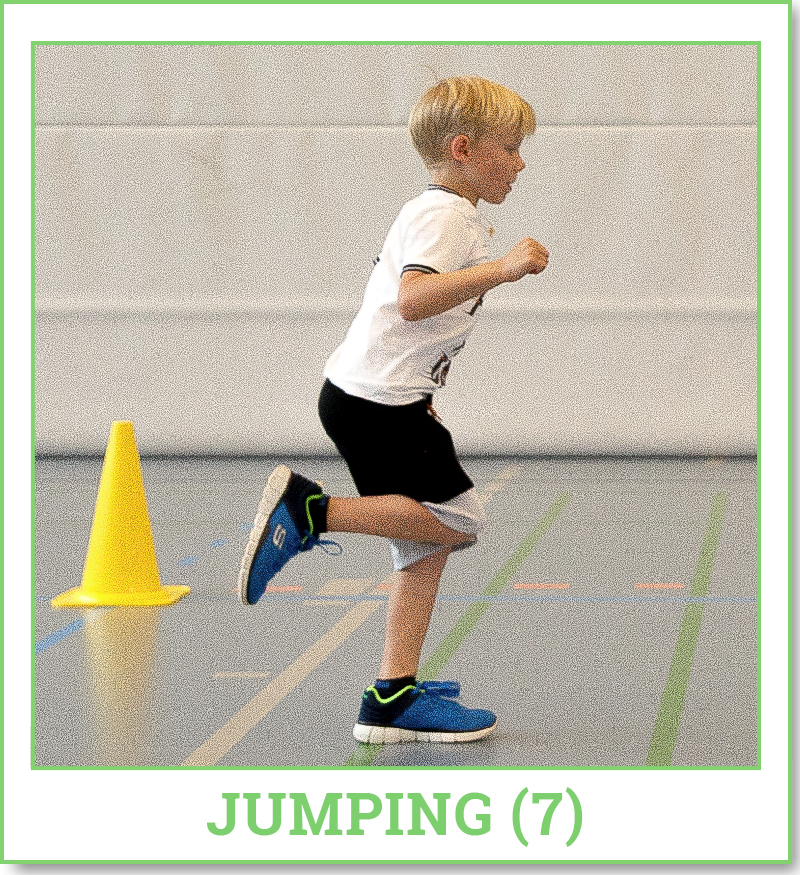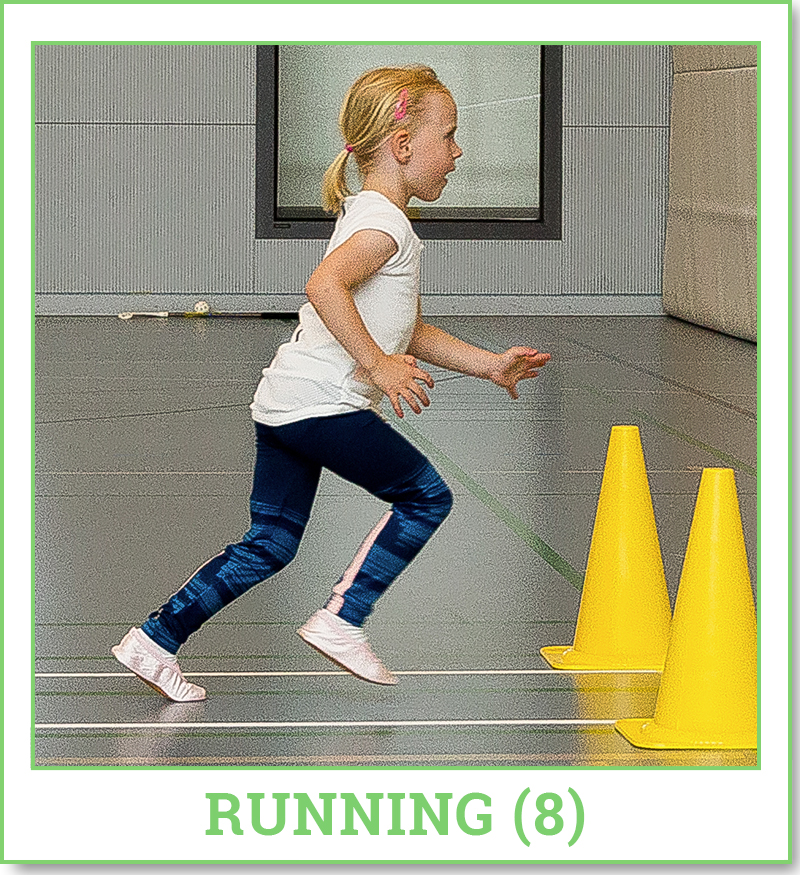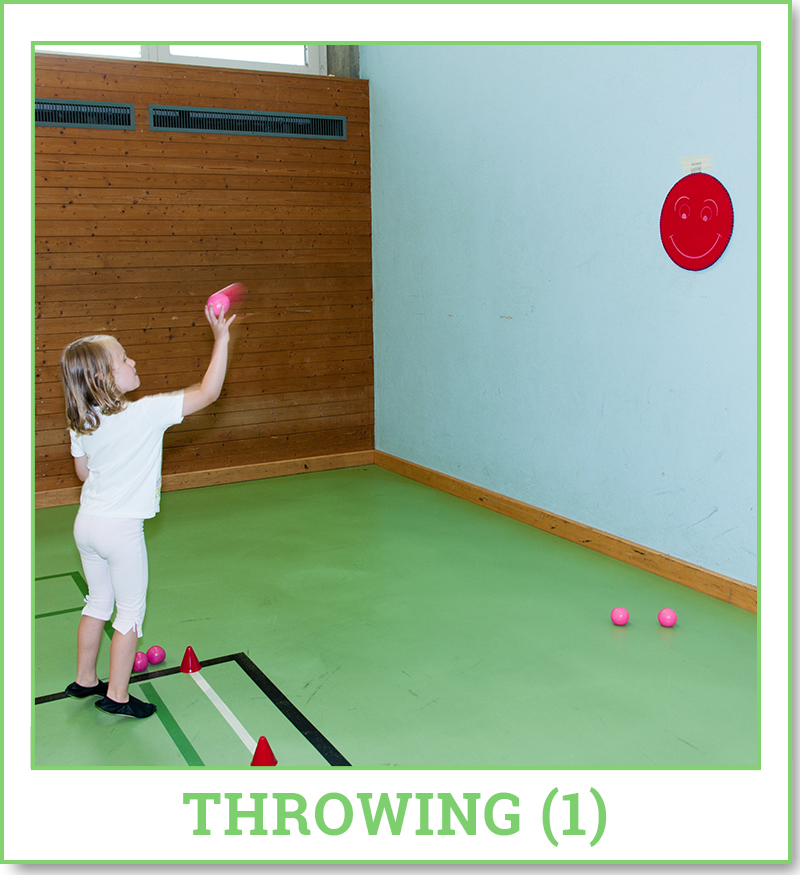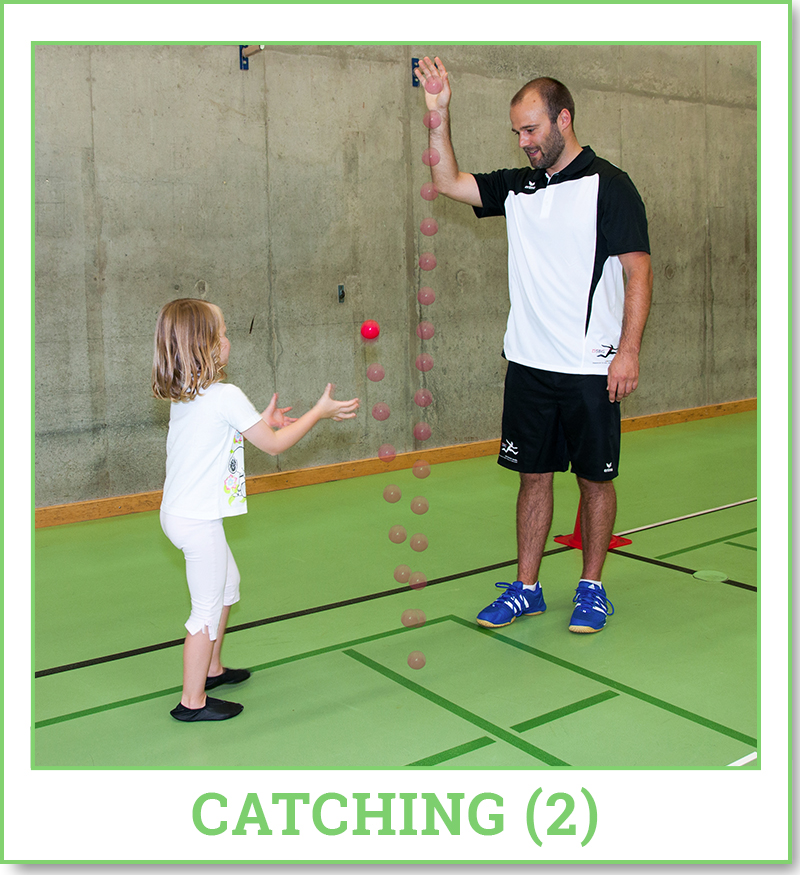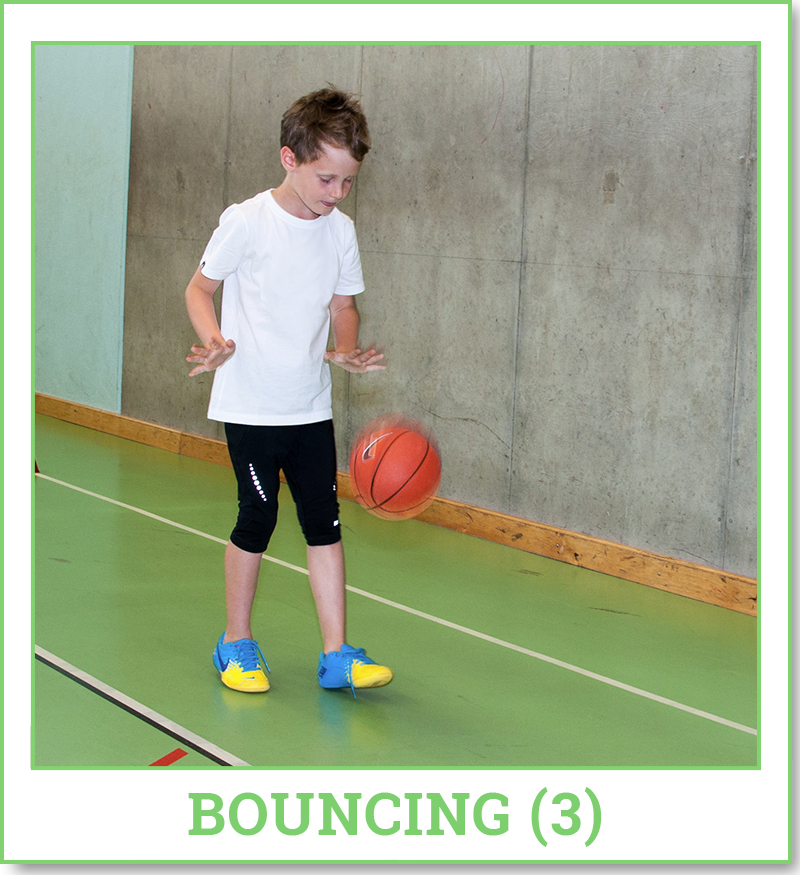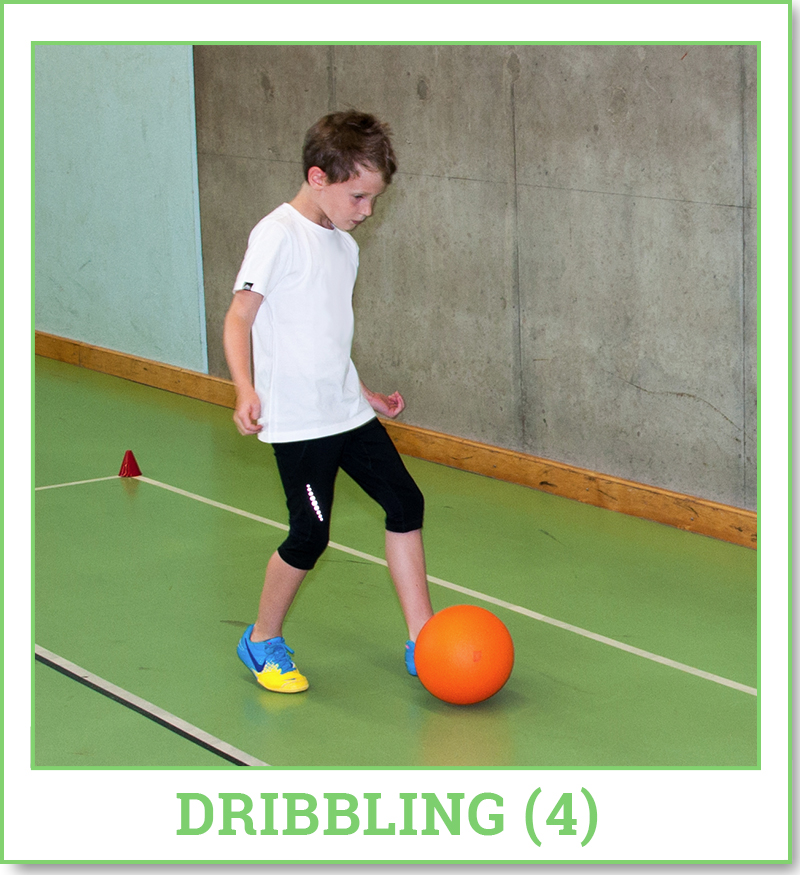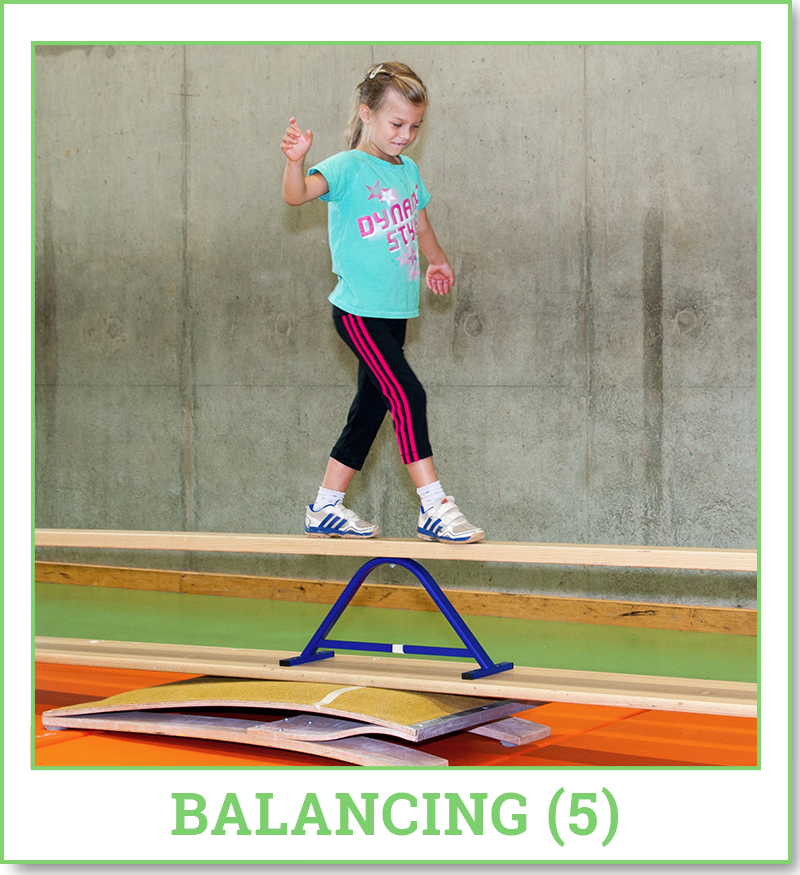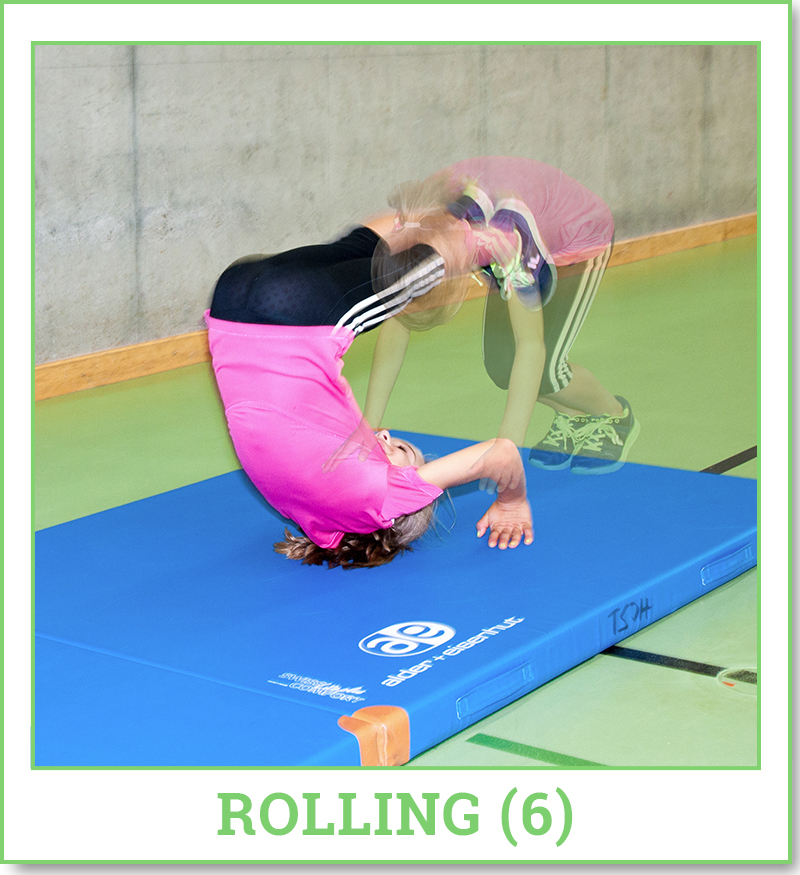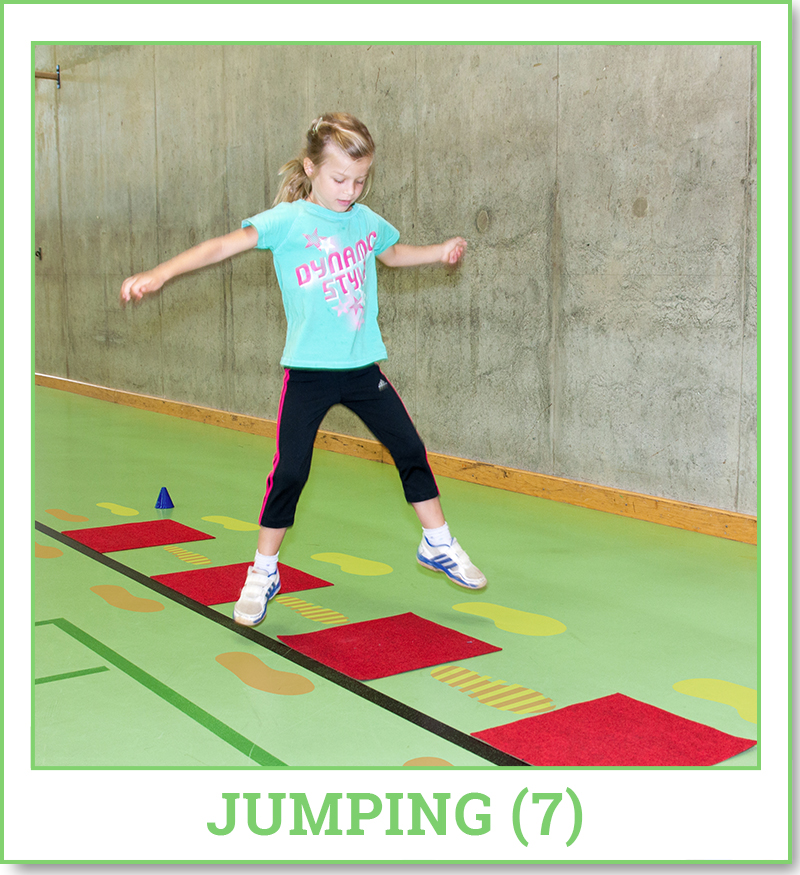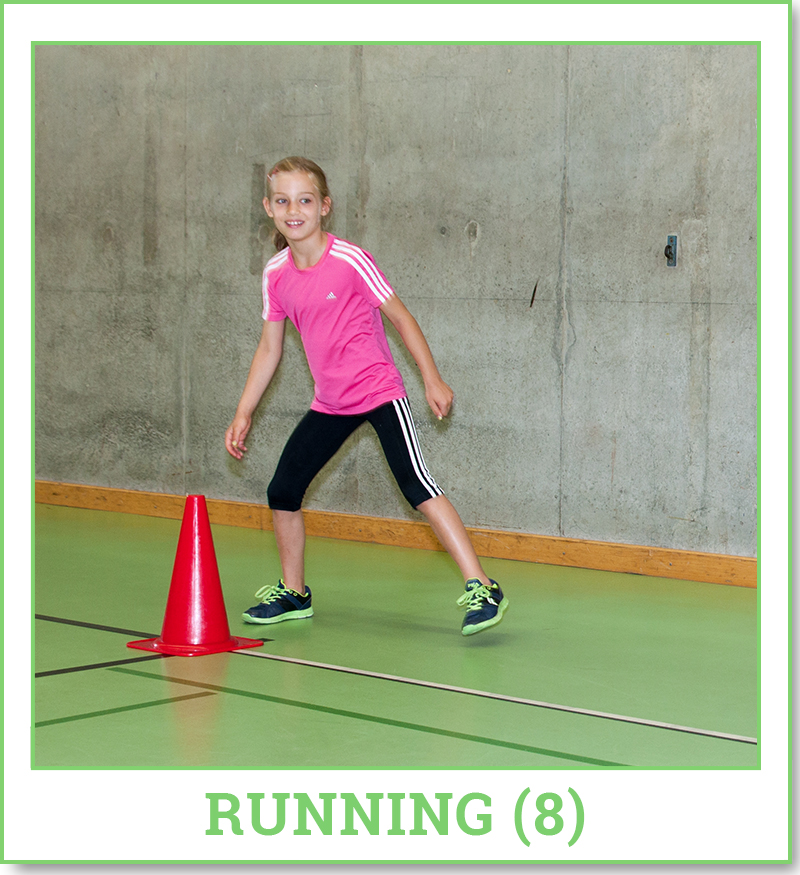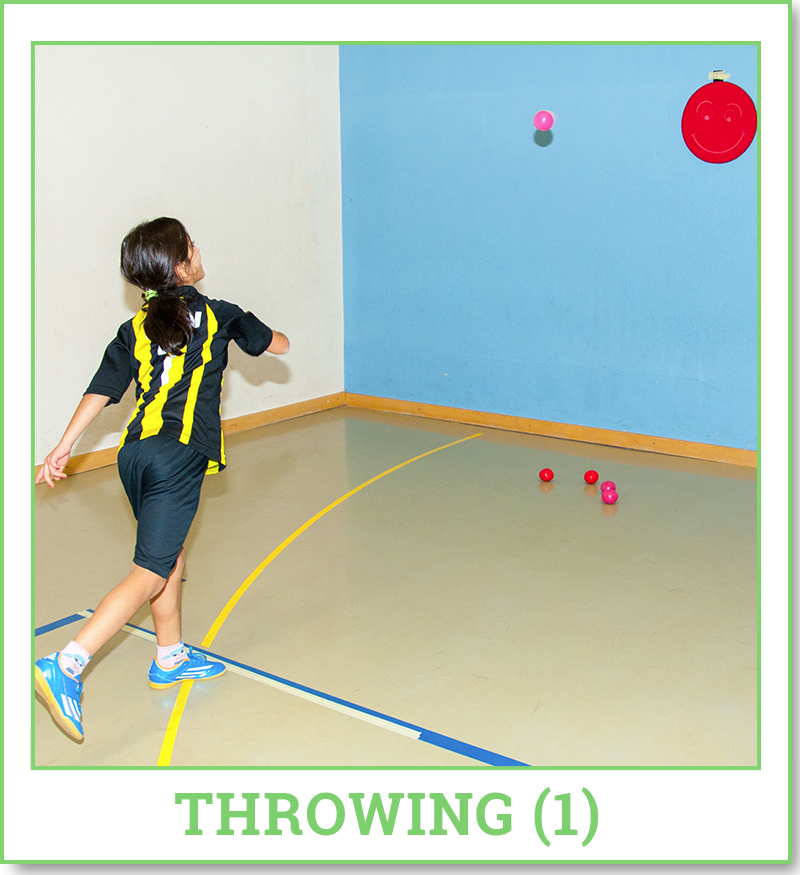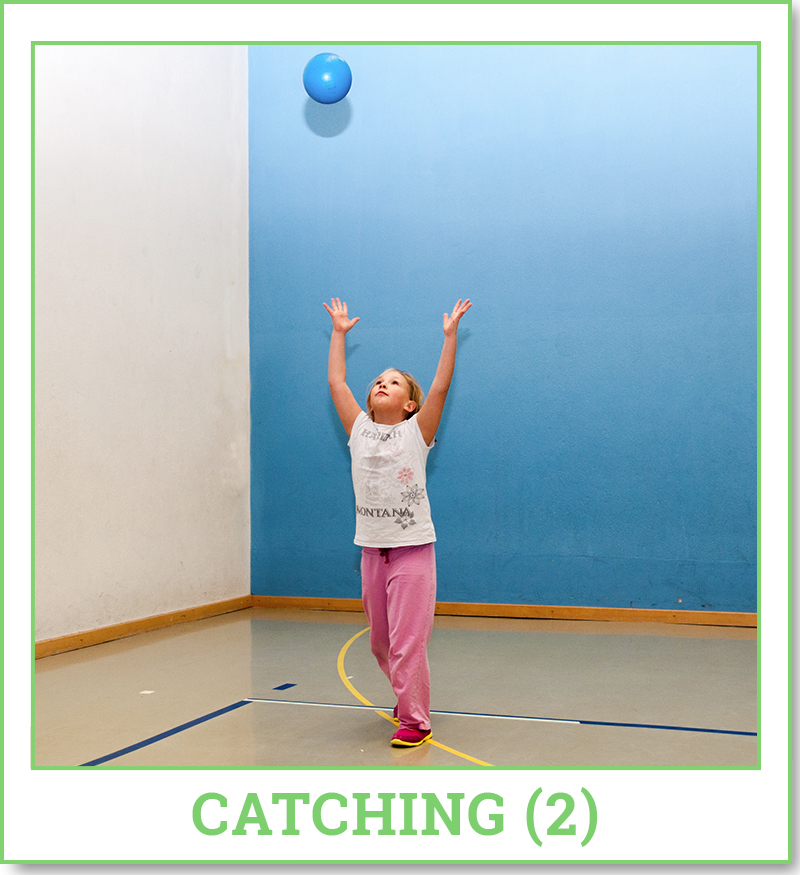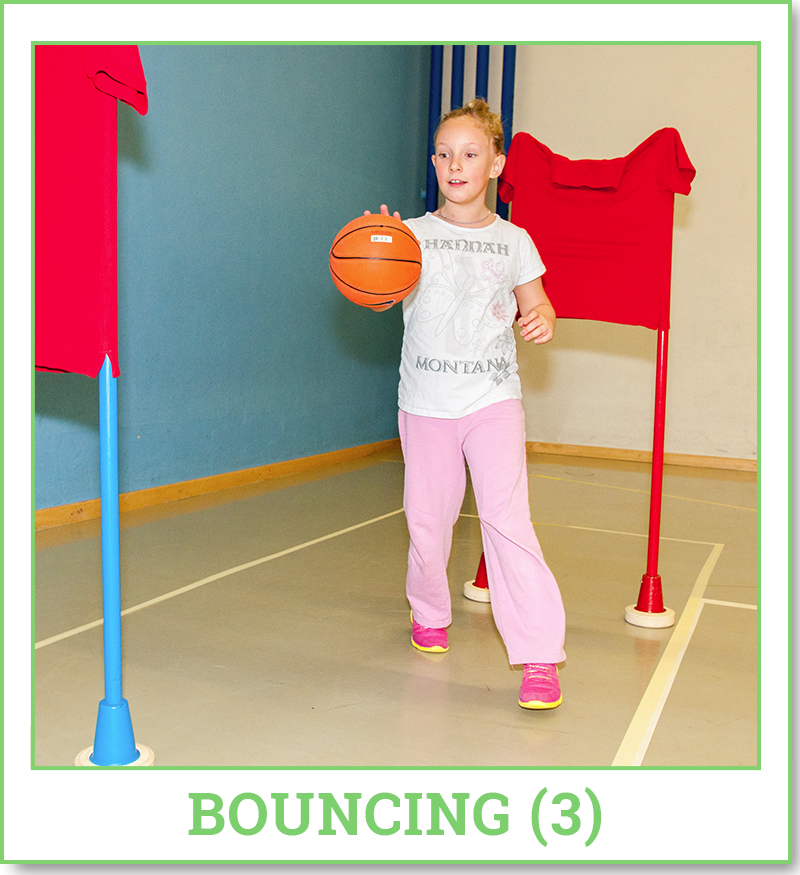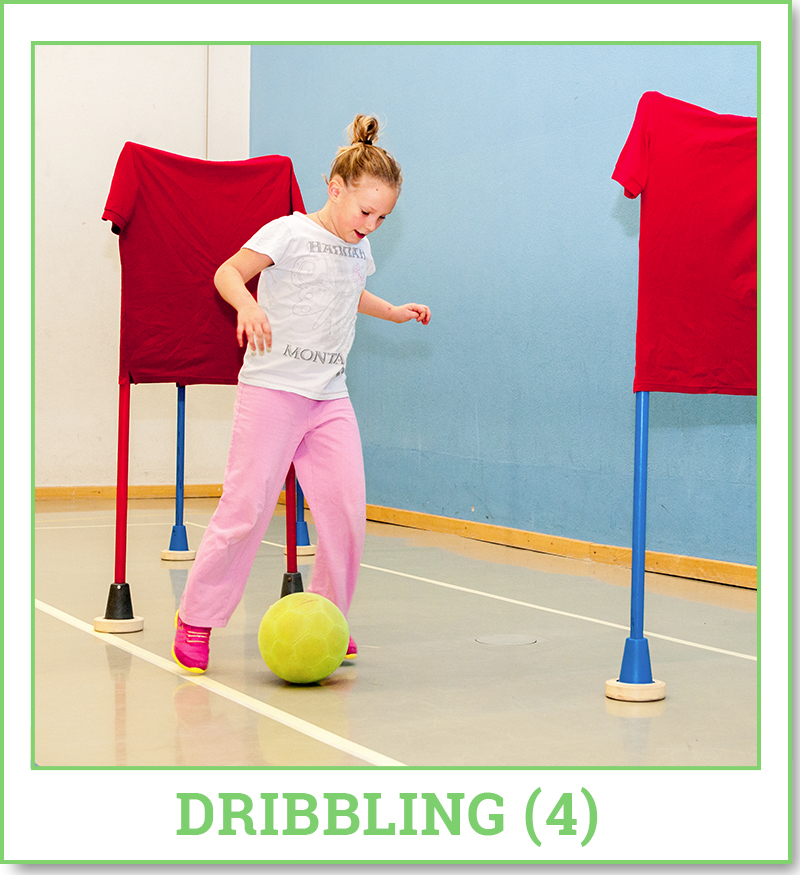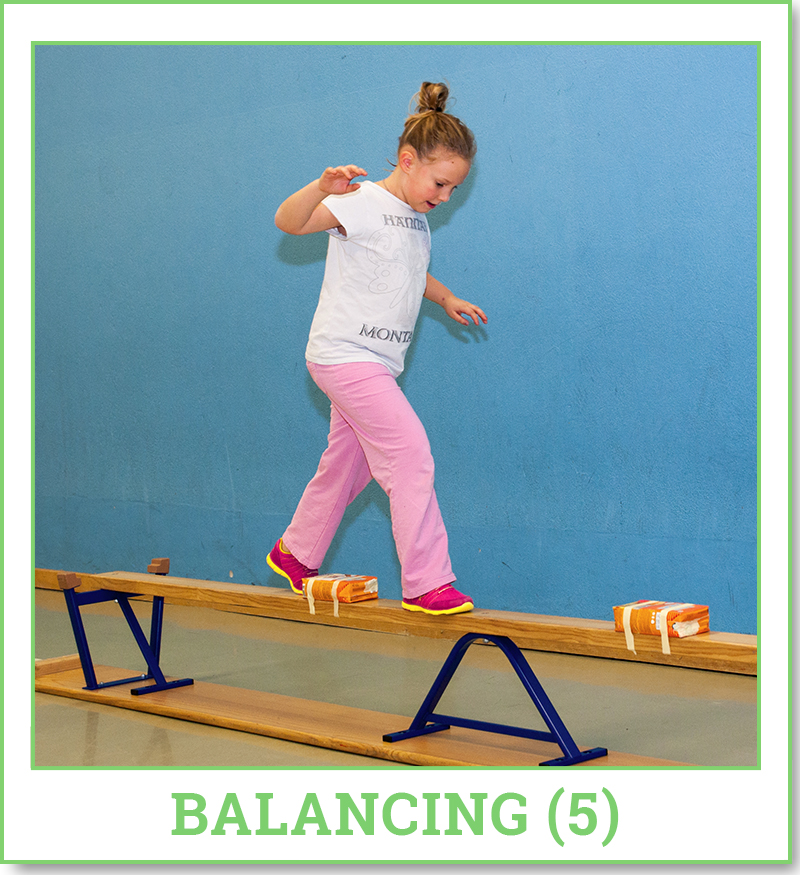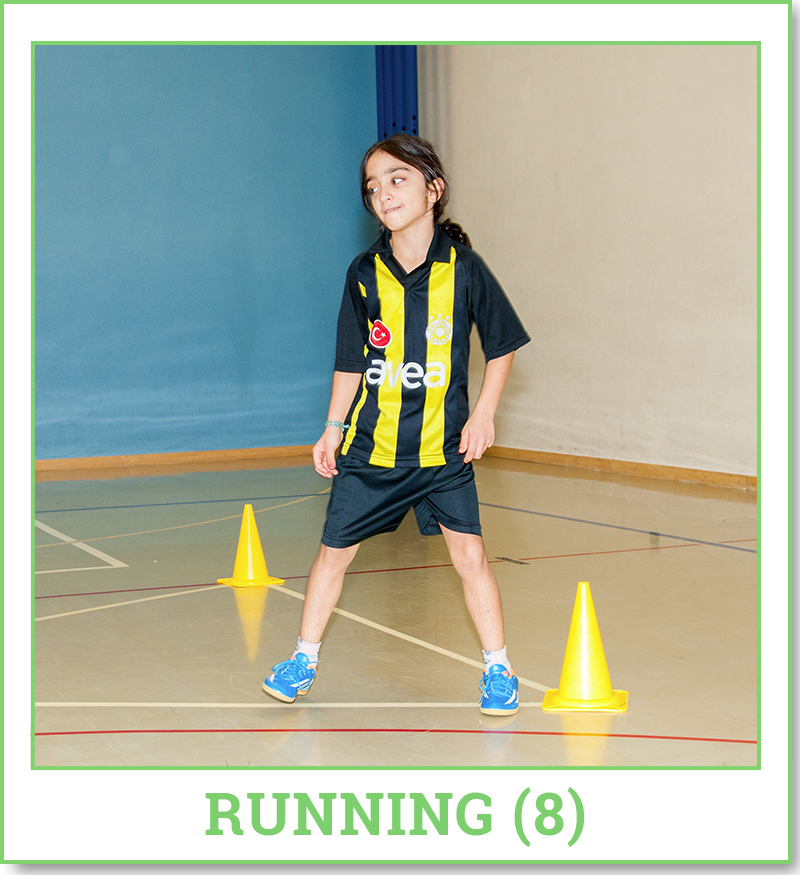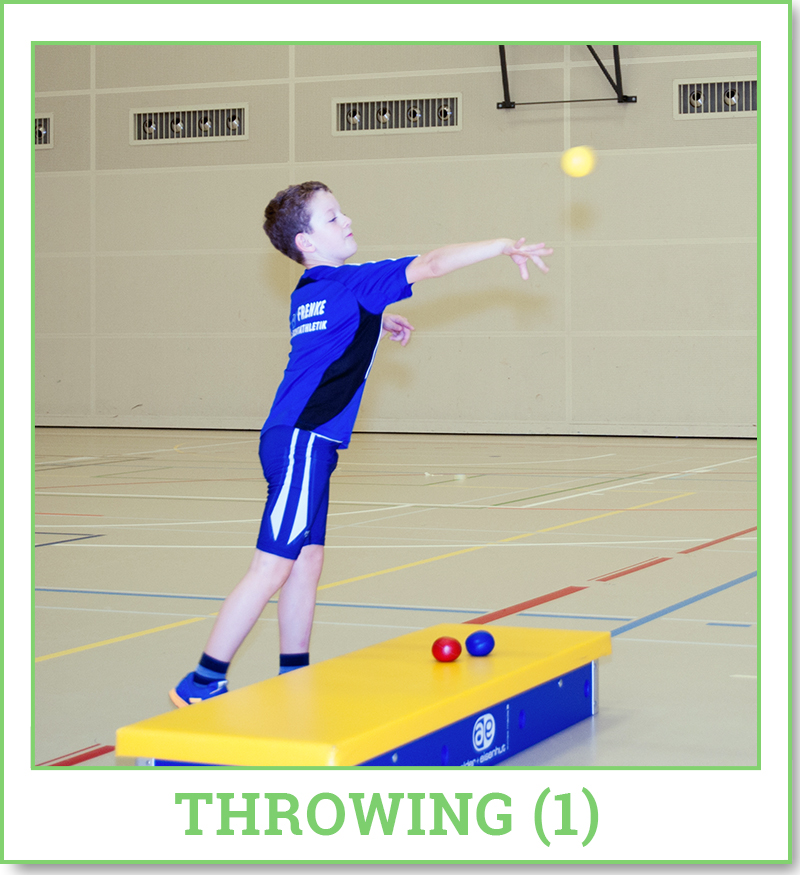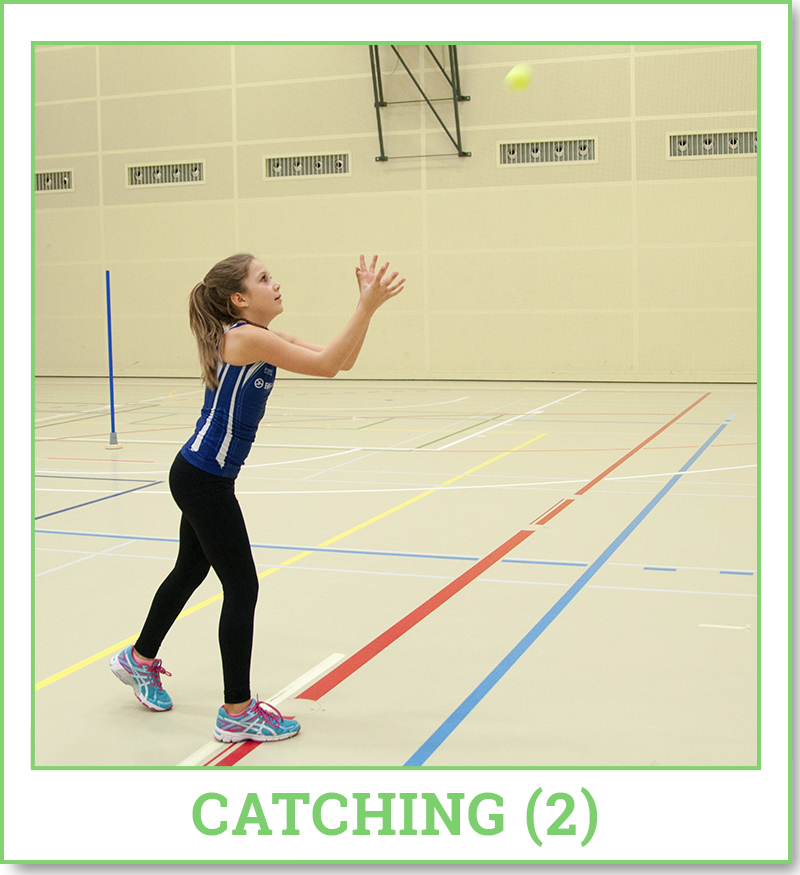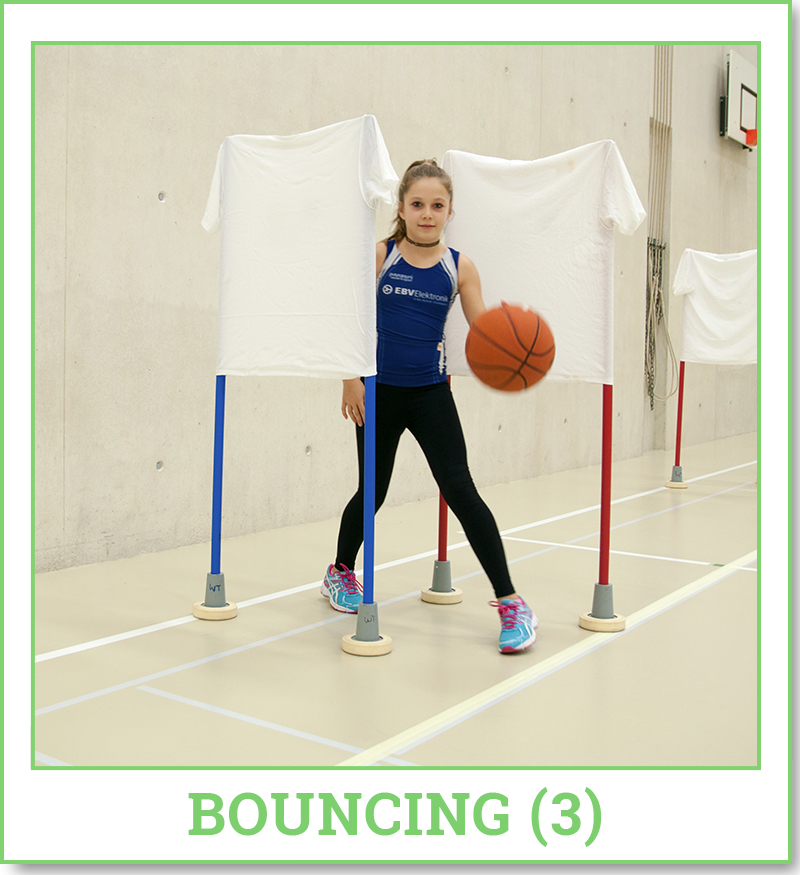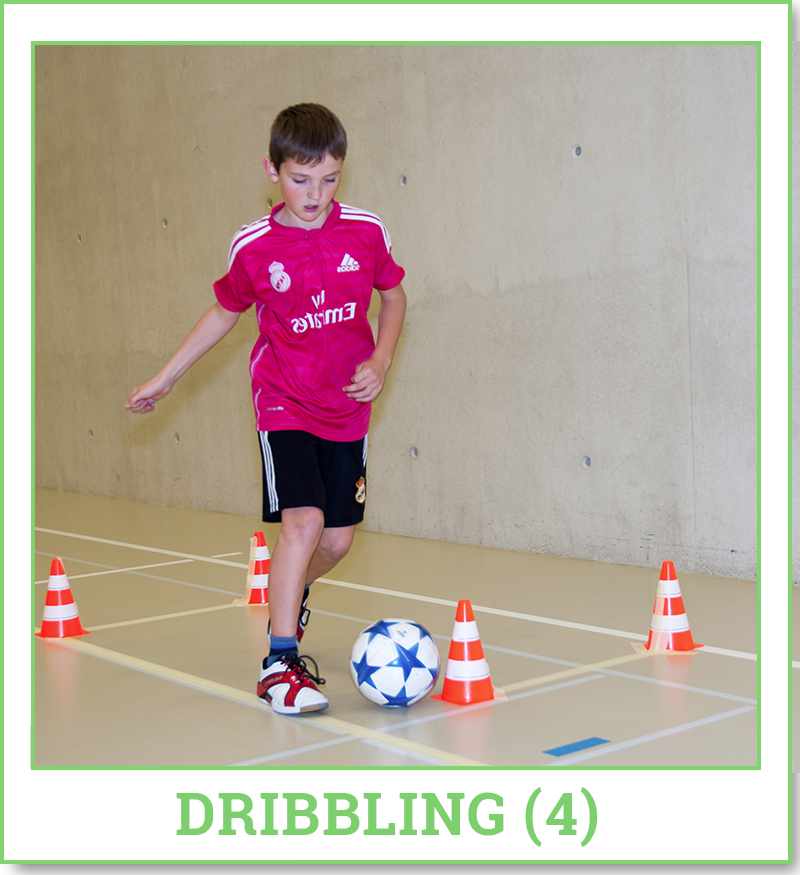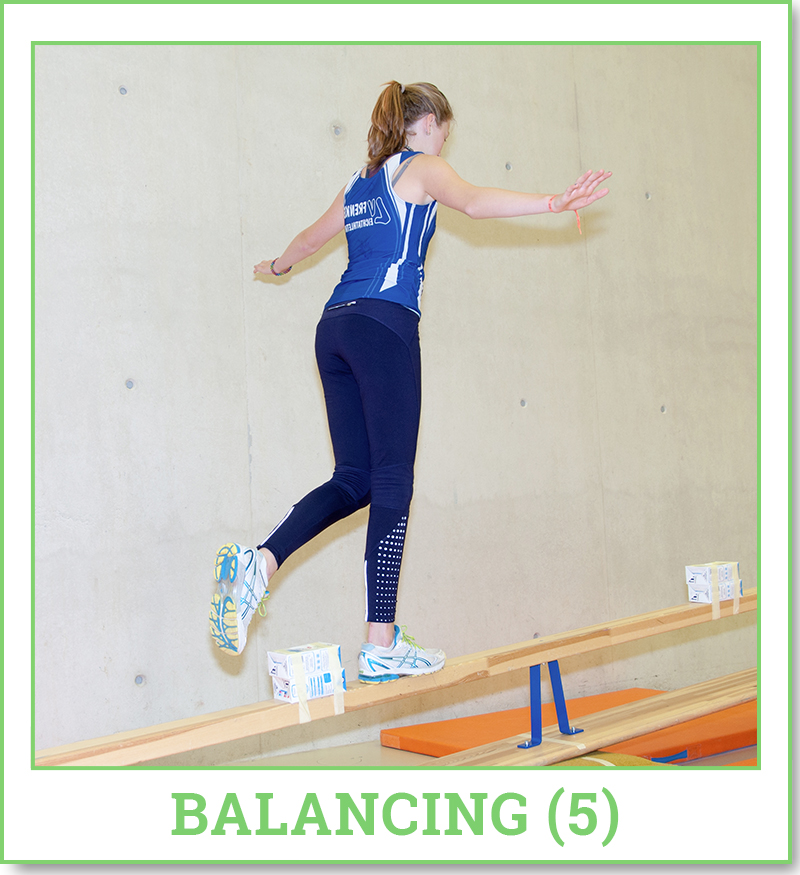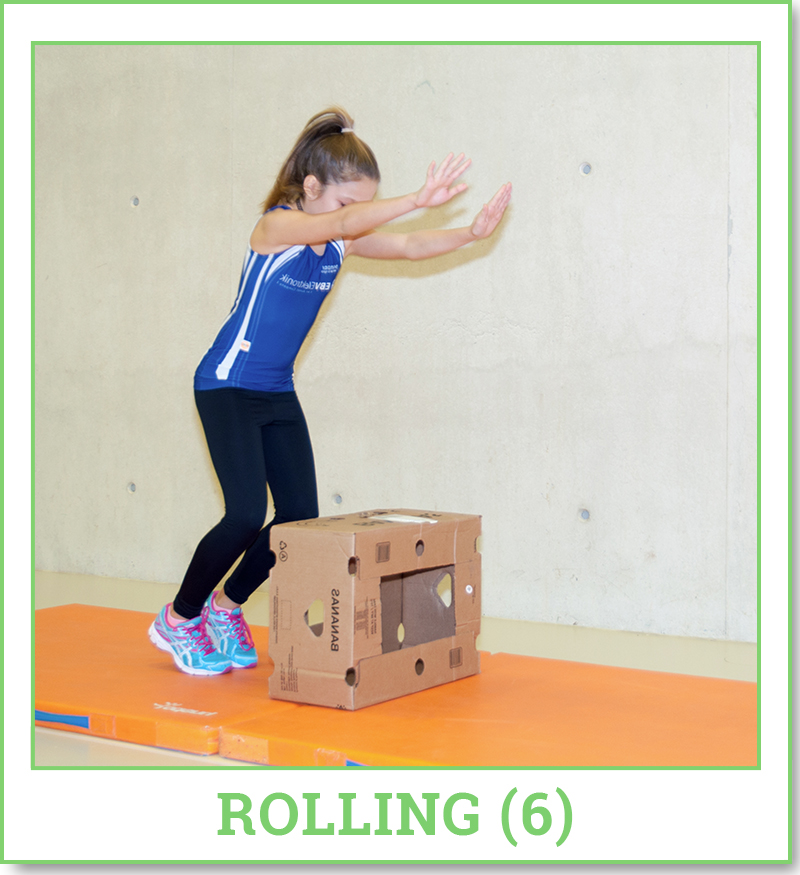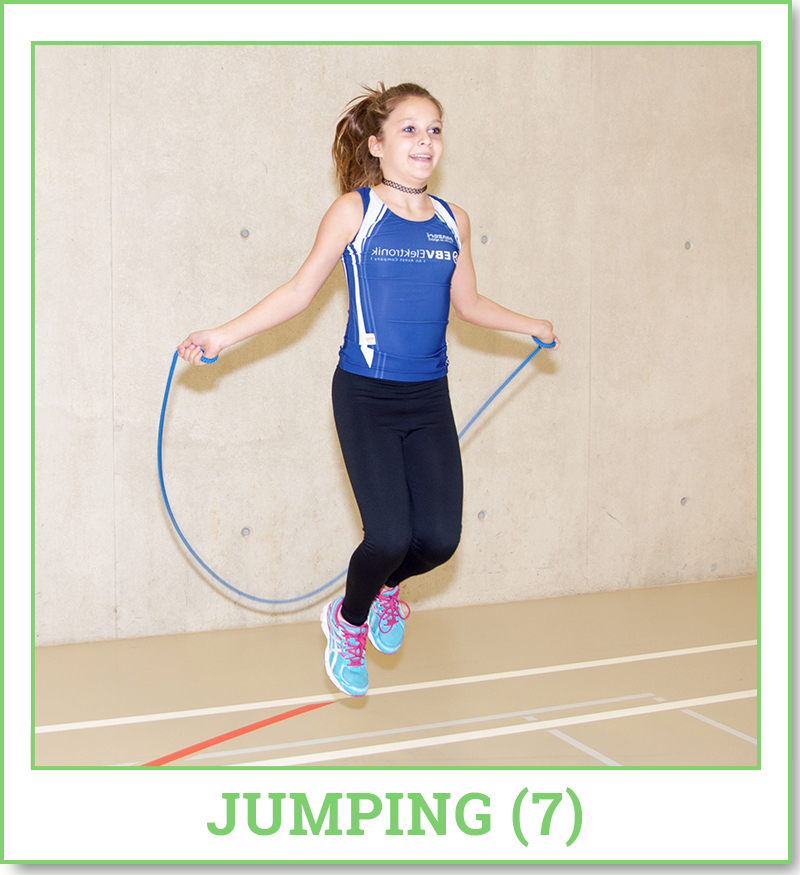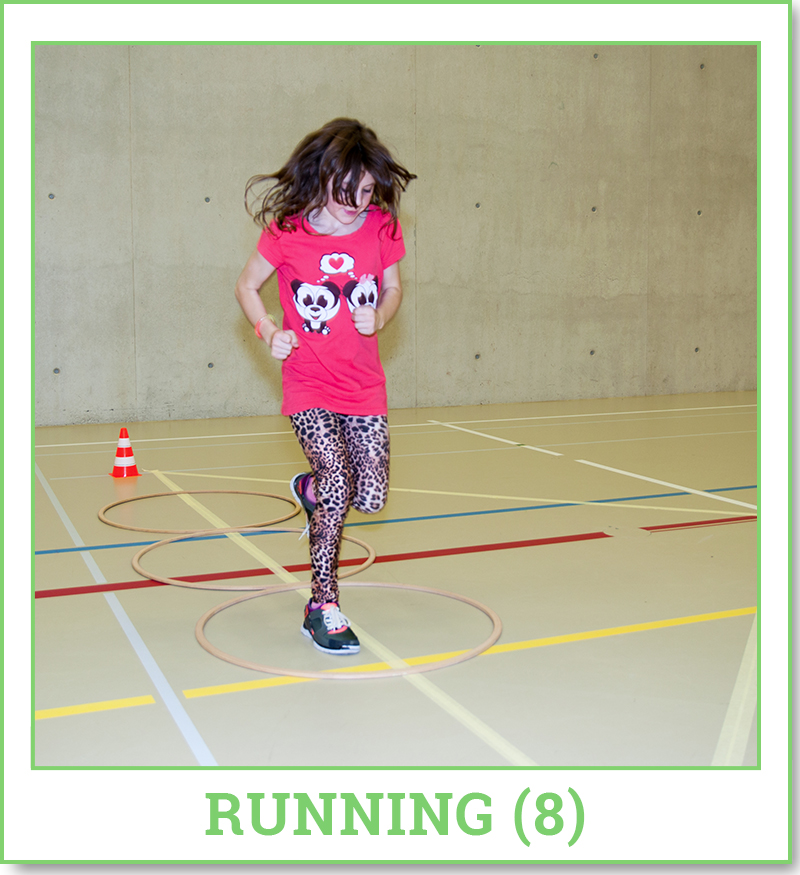MOBAK

Basic motor competencies are a requirement to actively participate in the sports and exercise culture. They are sustainably learnable, take into account previous experience and can be improved by practicing. In addition, they are explicitly context-dependent and relate to specific situational requirement of the culture of movement, play and sport.
The MOBAK testing instruments are used to assess basic motor competencies in children and adolescents of different age. They are used in many German-speaking and other European countries, thus also in the BMC-EU project.
MOBAK-KG: OBJECT MOVEMENT

MOBAK-KG: SELF-MOVEMENT

The complete test instrument can be found in Herrmann, Ferrari, Wälti, Wacker und Kühnis (2020).
Herrmann, C., Ferrari, I., Wälti, M., Wacker, S. & Kühnis, J. (2020). MOBAK-KG: Motorische Basiskompetenzen im Kindergarten. Testmanual (3. Aufl.). doi: 10.5281/zenodo.3774435.
Download: MOBAK-KG
Herrmann, C., Ferrari, I., Wälti, M., Wacker, S. & Kühnis, J. (2020). MOBAK-KG: Basic motor competencies in kindergarten. Test manual (3rd ed.). doi: 10.5281/zenodo.3774438.
Download: MOBAK-KG_engl
Herrmann, C., Ferrari, I., Wälti, M., Wacker, S. & Kühnis, J. (2020). MOBAK KG: Competencias Motrices Básicas en Kindergarten. Manual de Aplicación (2a ed.). doi: 10.5281/zenodo.3774441.
Download: MOBAK-KG_español
Herrmann, C., Ferrari, I., Wälti, M., Wacker, S. & Kühnis, J. (2020). MOBAK-SI: Competenze motorie di base alla Scuola dell‘infanzia. Manuale dei test (3a ed.). doi: 10.5281/zenodo.3774456.
Download: MOBAK-KG_ital
MOBAK-5-6: OBJECT MOVEMENT

MOBAK-5-6: SELF MOVEMENT

The complete test instrument can be found in Herrmann & Seelig (2020).
Herrmann, C. & Seelig, H. (2020). MOBAK-5-6: Motorische Basiskompetenzen in der 5. und 6. Klasse. Testmanual (3. Aufl.). doi: 10.5281/zenodo.3774445.
Download: MOBAK_5-6
Herrmann, C. & Seelig, H. (2020). MOBAK-5-6: Basic motor competencies in fifth and sixth grade. Test manual (3rd ed.). doi: 10.5281/zenodo.3774443.
Download: MOBAK_5-6_engl
Herrmann, C. & Seelig, H. (2020). MOBAK-5-6: Competencias motrices básicas en 5° y 6° grado. Manual de aplicación (2a ed.) doi: 10.5281/zenodo.3774447.
Download: MOBAK_5-6_español
Herrmann, C. & Seelig, H. (2020). MOBAK-5-6: Competenze motorie di base in quinta elementare e in prima media. Manual dei test (2a ed.). doi: 10.5281/zenodo.3774449.
Download: MOBAK_5-6_ital
Theoretical background
Based on competency-theoretical considerations (i.a. Hartig & Klieme, 2006; Weinert, 2001), basic motor competencies are viewed as context-dependent and functional performance dispositions which can develop from situational-specific requirements in the culture of sports and exercise. They enable management of motor requirements, are sustainably learnable and take into account previous experiences. It is not the performance itself (e.g., throwing, catching, bouncing, dribbling) which constitutes the basic motor competencies, but rather the underlying disposition of performance, which is required to solve certain types of tasks. The performance behaviour, the observable performances of sportive action, is what we call basic motor qualifications. They can be formulated as can-do statements (e.g. “can throw”, “can catch”) and build the foundation for indirectly observable basic motor competencies (Herrmann, Gerlach & Seelig, 2016; Herrmann & Seelig, 2017a).
The competence structure model shown in Figure 1 specifies the relationship between the (manifest) basic motor qualifications (MOBAQ) and the (latent) basic motor competencies (MOBAK).
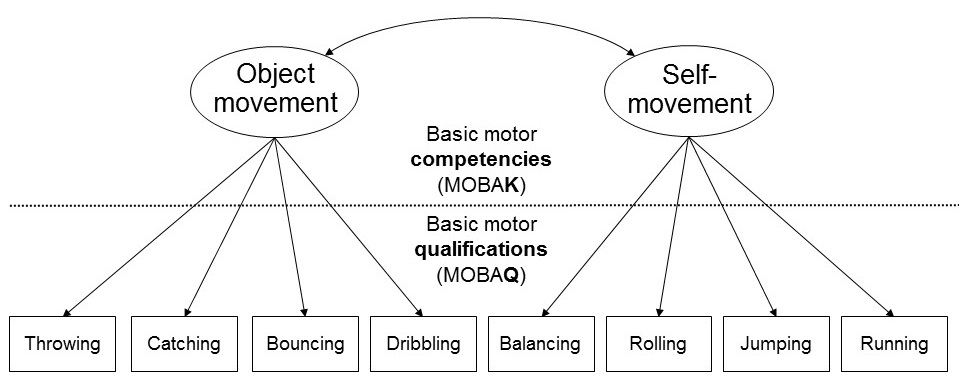 Competency structure model (see Herrmann & Gerlach, 2014, S. 325)
Competency structure model (see Herrmann & Gerlach, 2014, S. 325)
Basic motor competencies – motor capabilities – motor skills
Compared to the motor skills and capabilities, the basic motor competencies (e.g. safely handling a ball [object movement], confident movements of the own body [self-movement], Herrmann, Gerlach & Seelig, 2015) refer to a result-oriented and functional coping of motor requirements and tasks (e.g. throwing at a target). In doing so the basic motor competencies describe a control function, which features a task-adequate use of motor capabilities (how much strength does the child have?) and skills (is the child’s throwing technique sufficient?). From a theoretical perspective, the construct of basic motor competencies can be considered as an addition to the constructs of motor capabilities and motor skills that have predominated sports science to date (Gerlach, Herrmann, Jekauc & Wagner, 2017, Herrmann, Gerlach & Seelig, 2016).
Gerlach, E., Herrmann, C., Jekauc, D., & Wagner, M. O. (2017). Diagnostik motorischer Leistungsdispositionen. In U. Trautwein & M. Hasselhorn (Hrsg.), Jahrbuch der pädagogisch-psychologischen Diagnostik, Tests & Trends, Band 15. Begabungen und Talente (S. 145–158). Göttingen: Hogrefe.
Hartig, J. & Klieme, E. (2006). Kompetenz und Kompetenzdiagnostik. In K. Schweizer (Hrsg.), Leistung und Leistungsdiagnostik (S. 128–136). Heidelberg: Springer.
Herrmann, C. & Gerlach, E. (2014). Motorische Basiskompetenzen in der Grundschule. Pädagogische Zielentscheidung und Aufgabenentwicklung. Sportunterricht, 63 (11), 322–328.
Herrmann, C., Gerlach, E., & Seelig, H. (2015). Development and validation of a test instrument for the assessment of basic motor competencies in primary school. Measurement in Physical Education and Exercise Science, 19 (2), 80–90. DOI: 10.1080/1091367X.2014.998821
Herrmann, C., Gerlach, E., & Seelig, H. (2016). Motorische Basiskompetenzen in der Grundschule: Begründung, Erfassung und empirische Überprüfung eines Messinstruments. Sportwissenschaft, 46 (2), 60–73. DOI: 10.1007/s12662-015-0378-8
Weinert, F. E. (2001). Vergleichende Leistungsmessungen in Schulen – eine umstrittene Selbstverständlichkeit. In F. E. Weinert (Hrsg.), Leistungsmessungen in Schulen (S. 17–31). Weinheim: Beltz.
Application areas
The MOBAK testing instruments allow the following questions about the state and the development of basic motor competencies:
- Screening: What is the current status of basic motor competencies?
- Monitoring: Are the basic motor competencies achieved by children in physical education and how can physical education be optimized in this area?
- Characterization of subpopulations: What are differences between groups (e.g., gender, age) regarding basic motor competencies?
- Diagnostics of special needs: Which basic motor competencies should be specifically promoted (for the weaker ones)?
- Description of the course of development: How do basic motor competencies change in the course of children’s development?
- Intervention evaluation: Do the basic motor competencies change after a targeted intervention?
Description of the testing instruments
Basic motor competencies are anchored in German curricula and are regarded to be the central learning objectives of physical education, enabling children to play an active part in the culture of sports and exercise. The MOBAK test instruments allow the standardized and economical assessment of status and development of basic motor competencies. The obtained information helps educators to tailor lessons to children’s needs.
The MOBAK-1-2 test instrument is designed for 6- to 7-year-old children of the first and second grade, MOBAK-3-4 for 8- to 9-year-old children of the third and fourth grade and the MOBAK-5-6 test instrument was created for 10- to 11-year-old children of the fifth and sixth grade. The MOBAK-KG testing tool, which is still being developed, is designed for 4- to 5-year-old children of the first and second kindergarten grade.
Every MOBAK test version captures basic motor competencies of “self-movement” (balancing, rolling, rope skipping, moving variably) and “object movement” (throwing, catching, bouncing, dribbling). The difficulty and complexity of the requirements encountered in the MOBAK tasks are adapted to the children’s age and grade and increase successively. The assessment of the MOBAK tasks is easily feasible due to dichotomous coding (pass vs. fail). The evaluation is done by summation. In addition to the materials from the test case, large-scale equipment from the sports hall is needed (long bench, gymnastic mats, etc.).
Reliability:
Reliability testing of the MOBAK-1-4 was carried out with the help of confirmatory factor analyses, which enable assessment of reliability on construct measurement. The associated factor reliabilities (.54 ≤ FR ≤ .72) are consistently satisfactory. The measurement invariance and the retest reliability of the MOBAK-1-2 were confirmed by autoregressive structural equation models.
The parameters (for the latent factors) were at β = .67 (competence area “self-movement”) respectively at β = .95 (competence area “object movement”) in a 10-month interval. The total value (sum value) stability was at rtt = .59 for the same interval and is therefore satisfactory.
Validity:
To ensure content validity, the design and selection of MOBAK tasks were closely linked to the objectives in the German curricula. The construct validity of the MOBAK-1-4 was confirmed by confirmatory factor analyses in four validation studies.
Norms:
Age- and gender-specific t-values and percentile norms are available (MOBAK-1-2: N = 2 487; MOBAK-3-4: N = 1 480).
Duration:
The implementation with 3-4 children per test leader takes about 35 minutes. For testing of whole school classes by a single sports teacher, it is recommended to divide the tasks into several sports lessons
Publishing year:
1st edition MOBAK-1-2 in 2014
Development
The selection of the test tasks for the assessment of basic motor competencies is the result of a normative pedagogical discussion. The guiding question was: which actions should a child at a certain age level be able to perform in order to actively participate in the sports and exercise culture (see Kurz et al., 2008)? The final compilation of the test instruments resulted from an extensive selection of possible test tasks, which were developed and discussed within the scope of several expert discussions.
Test implementation
The MOBAK test battery allows a standardized and economical assessment of basic motor competencies for scientific testing as well as sports teaching practice. The implementation of the instructional MOBAK tasks is quickly and easily achieved in a sports hall. When performing the test, a distinction must be made as to whether it is a scientific test or a test in sports teaching practice.
In scientific practice according to the standardization criteria, a testing cycle takes about 35 minutes and can comfortably be done within a 45-minute sports lesson, as far as there are enough test leaders.
For tests concerning sports teaching practice, it is recommended for tasks to be divided into several, if possible successive, sports lessons and evaluated individually.
Test evaluation and interpretation
The evaluation of the MOBAK test items is easily feasible due to dichotomous coding (pass vs. fail) and clear standardization criteria. The evaluation can be carried out on the level of the two MOBAK competence areas “self-movement” and “object movement” as well as on the level of the MOBAK test items (i.a. throwing, catching) .
Kurz, D., Fritz, T. & Tscherpel, R. (2008). Der MOBAQ-Ansatz als Konzept für Mindeststandards für den Sportunterricht? In V. Oesterhelt, J. Hofmann, M. Schimanski, M. Scholz & H. Altenberger (Hrsg.), Sportpädagogik im Spannungsfeld gesellschaftlicher Erwartungen, wissenschaftlicher Ansprüche und empirischer Befunde (S. 97–106). Hamburg: Czwalina.

